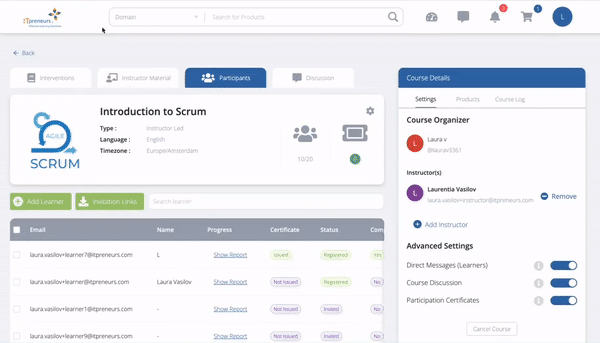Customer needs and expectations are changing at an ever-increasing rate of acceleration, not just velocity. Both are vectors, meaning, these have visions and strategies that give the organization direction and determine its culture. These must frequently change if organizations want to thrive in the turbulent environment of uncertainty and risk. High-velocity organizations efficiently stay aligned with changing customer’s needs and expectations. They keep up with the rapid changes in technology, demand, opportunities, and regulations. High-velocity organizations are capable of quickly adapting to customers’ changing processes and outcomes, and collaborate in a trusted environment.
Internal factors like size and culture are factors in how quickly a service organization can change. The organization’s culture will either lead it to chaos or quickly support the changing needs of its customers. If the service organization exists in a culture of change, its cultural momentum is more easily changed resulting in continuous alignment to the changing goals, objectives, and needs.
This calls for a high velocity IT.
Becoming a high velocity IT is the ultimate aim for organizations if they want to exist in the competitive business world.
High-Velocity Organizations and the Role of a Change Culture
High-velocity organizations exist in a culture of change! They are able to adapt their capabilities quickly. As a result, business changes are quickly implemented and supported by employees. In a high-velocity organization, employees thrive on changes and respond very quickly to opportunities.
The Guiding Principles presented in ITIL 4 are a great starting point to create or improve a culture of change. In a change culture, you have focus on value co-creation. Everyone focuses on the vision, mission, goals, and objectives of the organization. They quickly go through Organizational Change Management (OCM).
High-velocity organization live in a culture where people immediately adapt to the changing culture when new business processes, plans, and services are agreed, developed, and deployed.
Now, the question is: Would it be possible to maintain a high-velocity organization without exhausting its people?
Maintaining High-Velocity Organizations
According to the guiding principles of ITIL 4 (as well as of ITIL v3), when the change becomes “enculturated” your organization can be a high-velocity culture without burning people out.
In fact, high-velocity organizations, in order to get the best out of their employees, treat employees fairly, build trust, and enable them to work efficiently and effectively. It also takes visionary leadership to maintain a high-velocity organization.
One of the ITIL Managing Professional modules by AXELOS is on High Velocity IT. It explores how digital organizations and digital operating models function in high-velocity environments. It goes over high-velocity principles such as Agile, Lean, and technical practices and technologies like Cloud, Automation, and Automatic Testing, focusing on the rapid delivery of products and services to obtain maximum value.
About the author

Experienced certified trainer in ITIL(r) v3, ITIL 4 (Foundation, MP Transition), consultant in ITSM, and running ITSM and recently the Phoenix simulations. Strong training and IT Service Management, writing courseware, scripting, and recording for e-learning and public speaking. Certified Practitioner in PRINCE2, and Security Certifications (Security +, CISMP ). Master trainer for g2g3’s Polestar Simulation.



